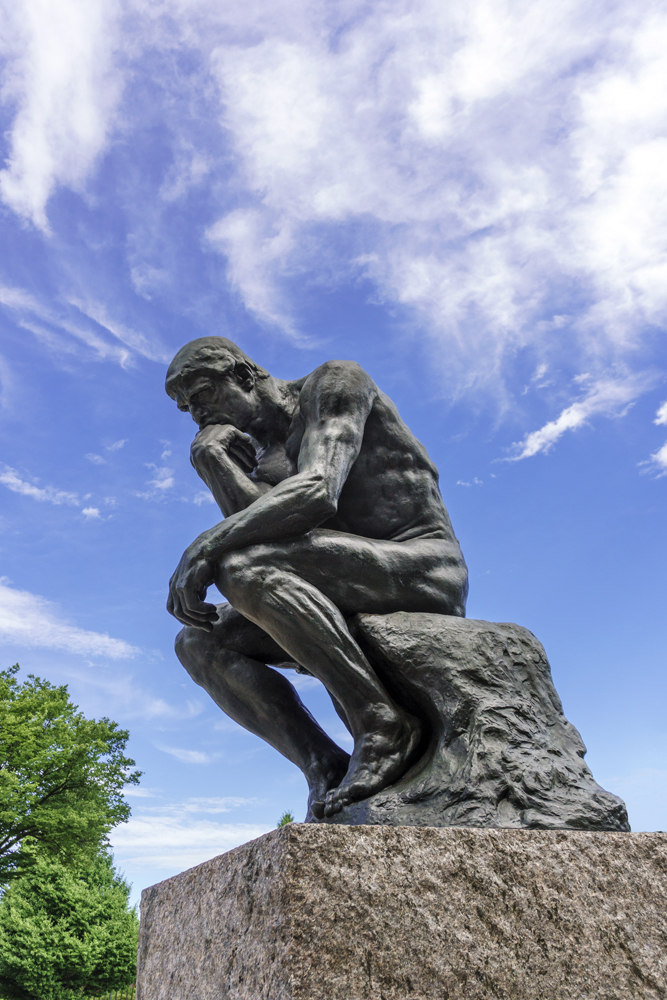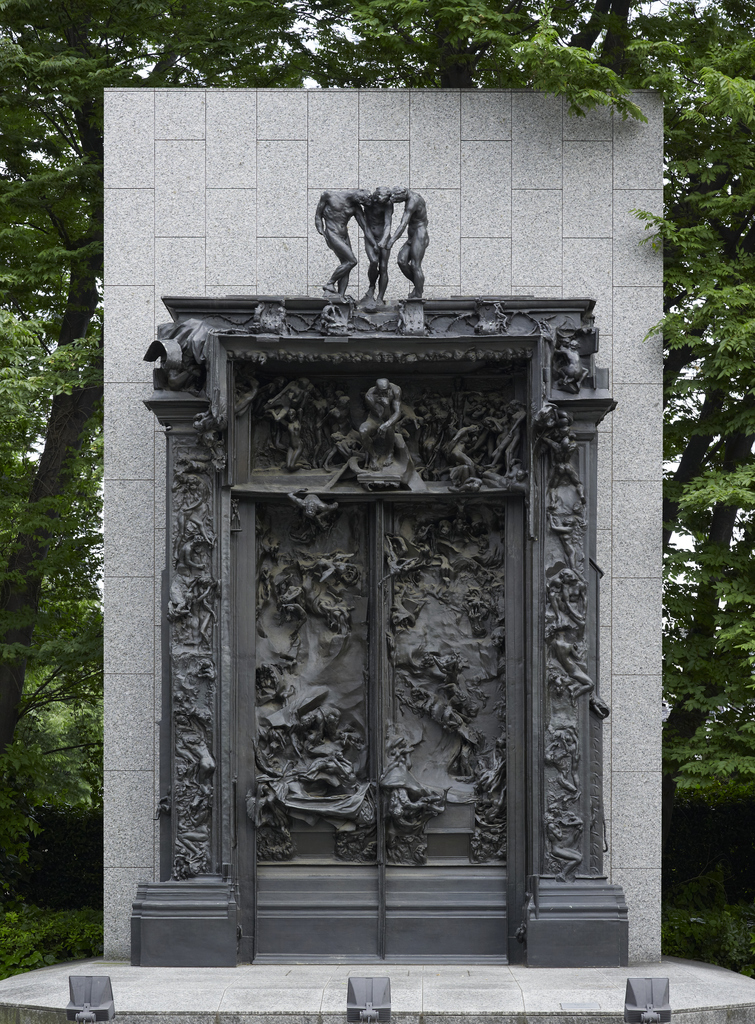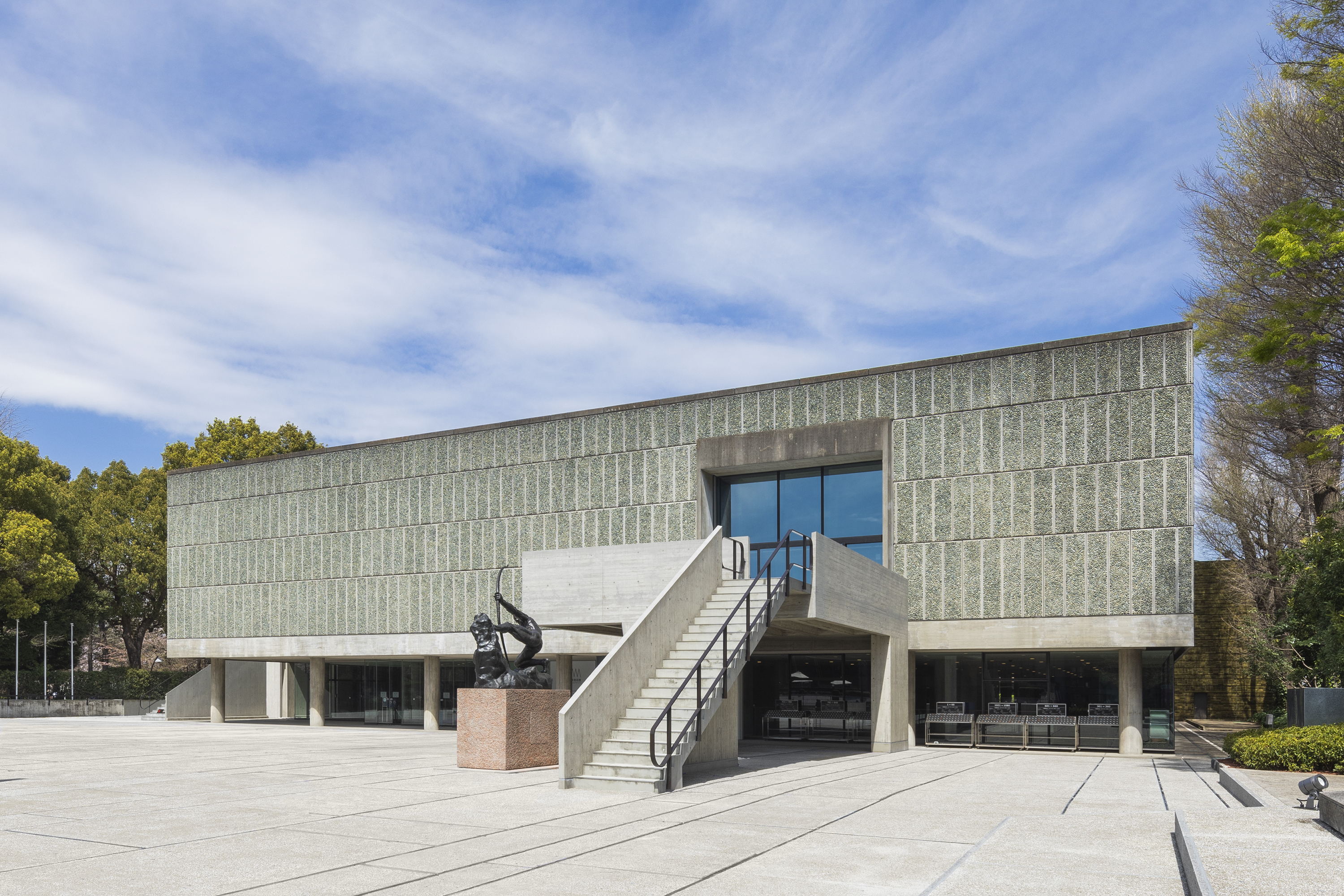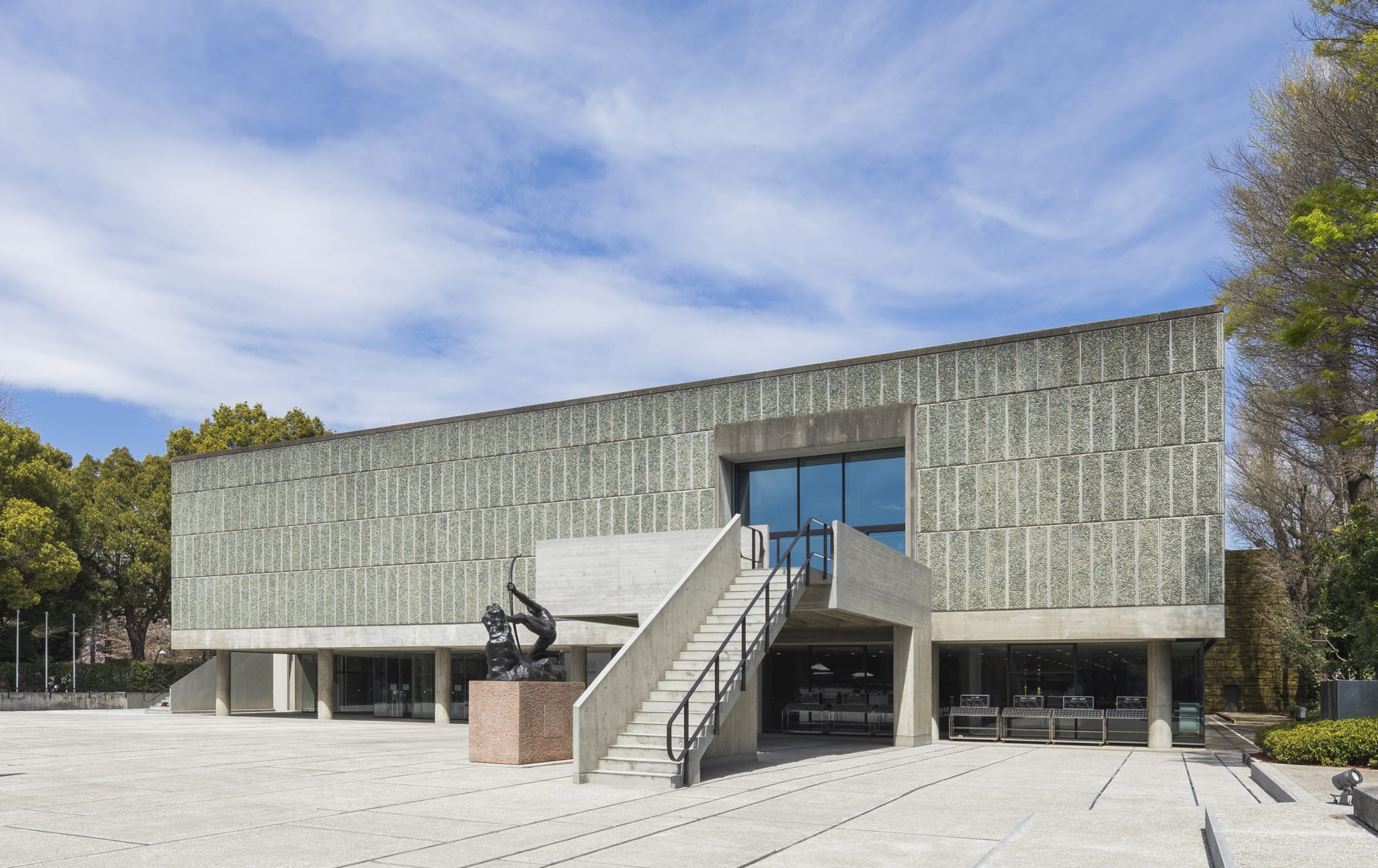World-class architecture and Western art
Designed by the famous architect Le Corbusier, the National Museum of Western Art houses Western artworks from the Middle Ages to the mid-20th century, including pieces by painters and sculptors such as Edgar Degas, Vincent van Gogh, and Auguste Rodin.
Don't Miss
- Main building designed by Le Corbusier
- French modern art collection centered around the Matsukata Collection
- Around 60 sculptures by Rodin
How to Get There
Reach The National Museum of Western Art from Ueno Station.
Arriving by the JR Yamanote Line, the museum is a 1-minute walk from Ueno Station, Park Exit.
Arriving via the Keisei Line, it's a 7-minute walk from Keisei Ueno Station.
From the Tokyo Metro Ginza or Hibiya subway lines, the museum is an 8-minute walk from Ueno Station.

Main building designed by Le Corbusier
In 2016, the museum was included in the Architectural Work of Le Corbusier, an Outstanding Contribution to the Modern Movement, becoming Japan's 20th World Heritage Site.
The main building showcases the distinctive features of Le Corbusier's style. The 1st floor is supported by columns only, while the 2nd-floor ceiling is characterized by varying heights––typical features of his style of design. Although difficult to see at first glance, the “Modulor” concept, a scale of proportions devised based on human stature, plays a crucial role in the design. The Modulor concept is applied throughout the entire building, including the height of the low ceiling in the exhibition room on the 2nd floor and on the mezzanine floor and the exterior panel design.


(C)National Museum of Western Art, Tokyo
Matsukata Collection
The Matsukata Collection, founded by industrialist Matsukata Kōjirō (1866-1950), forms the core of the museum's outstanding collection of over 6,000 items. Over the course of about a decade from 1916, Matsukata amassed as many as 10,000 items from across Europe. Although part of the collection was sequestrated by the French government toward the end of World War II, the items were returned to Japan in 1959. The National Museum of Western Art was established for the purpose of preserving and displaying the collection.
Two masters
The prize of the museum's collection is “Water Lilies” by Claude Monet. Matsukata visited Monet's atelier in Giverny, purchasing “Water Lilies” and many other Monet works.
The museum also houses a large number of sculptures by Auguste Rodin. “The Thinker (Enlarged)” and “The Gates of Hell”, displayed in the museum's forecourt, are counted among Rodin's most celebrated bronze sculptures.

Auguste Rodin, “The Thinker (Enlarged)”
Photo by (C) Norihiro Ueno

Auguste Rodin, "The Gates of Hell"
Photo by (C) Norihiro Ueno
Closed on Mondays (open on holiday Mondays and closed on the following days), during installation periods, and New Year holidays.
Exploring further afield
After a visit to The National Museum of Western Art, the rest of Ueno Park , including the other museums, Ueno Zoological Gardens , and Kan'ei-ji Temple are all very close by. So are a number of great shrines and temples, including Nezu-jinja Shrine , Ueno Toshogu shrine, Yushima Tenjin Shrine . For tasty food and bargain shopping visit Ameyoko .

























































